Beau | Interview with Trevor Midgley
Trevor Midgley is a musician going strong for over four decades now. From start in a teenage band The Raiders into releasing incredible solo albums, including his debut and his most well known ‘Creation’, which originally came out in 1971.
Beau, as he uses his artistic name, is maybe one of those forgotten musicians, that for no solid reason was left behind in music business, but after all these years he’s still making new music and finally more and more people will appreciate his past albums, especially due the fact of upcoming ‘Creation’ reissue.
Hot on the heels of Guerssen Records’ re-issuing ‘Creation’ in February, on Monday 11th May Cherry Red are bringing out ‘Shoeless In The Desert’, a download-only collection of fourteen brand new recordings.
When and where were you born?
Trevor Midgley: I was born in Leeds, England in May 1946. Word was, I appeared nine months and three days after my father was demobbed from the RAF at the end of the Second World War!
How old were you when you began playing music and what was the first instrument you played?
I’m told I was six! At my grandmother’s house, there was an old upright piano they’d bought for my mother back in the twenties. She’d never shown any real interest in playing, but for some reason the family had hung on to the piano. Three decades later, at the seemingly tender age of six, I began to seriously torment the old thing (the piano, not grandma!).
In fact, that piano moved from house to house and up through the generations. I only sold it ten or twelve years ago. It was showing its age, and by the turn of the century many of the hammers were being controlled by string after the original leather had perished.
But, I’d always kept it in tune and used it many times in my studio. It’s that 1920s Bansall piano you hear on the Fruits de Mer vinyl release of ‘In The Court Of Conscience’. It also made an appearance in ‘Chilli Powder’ on ‘Fables & Façades’.
All in all, it had a long and useful life!
What inspired you to start playing music? Do you recall the first song you ever learned to play?
The inspiration wasn’t a tune or a person, but in discovering relationships between the notes when I first started hammering that piano! I found I could make the keys work together in a pleasing way, and that inspired me to push further and be more ambitious, more inventive.
I don’t recollect the first tune I played, but I’d guess it was something like Brahms’ ‘Cradle Song’. Ultra-simple, very melodic, and easy to play by ear.
I certainly remember playing my own adaptation of Eric Coates’ ‘Dam Busters March’, but that would be three or four years down the track. I was actually hauled off the organ stool in the Leeds Grammar School chapel during my unauthorised recital of the ‘Dam Busters’. But what did they expect if they left the door open and the bellows motor on…?
What can you say about the artistic name Beau?
Well, Beau wasn’t my idea! I acquired it as a nickname when I was twelve, courtesy of a French teacher at school.
In an age when school kids – certainly in all-male establishments – were known by their surnames, it had become a little confusing because there were two Midgleys in the class. So, in what passed for logic in the 1950s, the other one – whose name was David – was called Herb, and I – whose name was Trevor – was dubbed Beau.
The name stuck and I’m still known as Beau by anyone from my time at school.
Were you a member of a band as a youth and what types of music did you play?
It was around 1960/61 that I and three other guys formed The Raiders. We were all at Leeds Grammar School and were very influenced by The Shadows. Who wasn’t?
Essentially we were an instrumental outfit – certainly in the beginning – though even on our first gig we did one vocal number; ‘We Say Yeah!’ from the Cliff Richard movie, ‘The Young Ones’. I was playing drums at that point. As the one with the least shame, the singing job fell to me though I really can’t think how I made it work from the drum stool. Mics weren’t very good in those days!
Throughout the next few years – the classic early-sixties – the line-up changed a couple of times. I’d moved onto guitar and overall we’d evolved into a pretty decent local outfit. We had an extensive repertoire, encompassing straight rock, pop, R&B, blues – whatever was current on the musical landscape.
Hardly anything from the old band exists now, but it was really neat when Fruits de Mer released a Raiders’ tune called ‘I Remember’ on their 2014 Annual. Almost fifty years to the day after it was recorded, The Raiders finally made it onto vinyl!
When did you begin writing music? What was the first song you wrote? Did you ever perform the song live or record it?
The first couple of things I wrote were for the piano. It would have been in the mid-fifties; I guess I’d be nine or ten. I’m not sure if the tunes had names, but I do recall one of them had a really majestic feel to it. Pretty pompous for a ten-year-old!
Oh, and I had this party trick, where I’d play it through a sheet stretched over the keyboard. In those days, I was untroubled by shyness or self-doubt…
The first proper song I recall coming up with was for The Raiders and was called ‘By My Side’. Derived from just about every early-60s pop song you can think of, we rehearsed it – I remember doing run-throughs in a garage somewhere in the Hounslow area the night before the band were at the Two ‘I’s’ in Soho. But sensibly, it was put to one side.
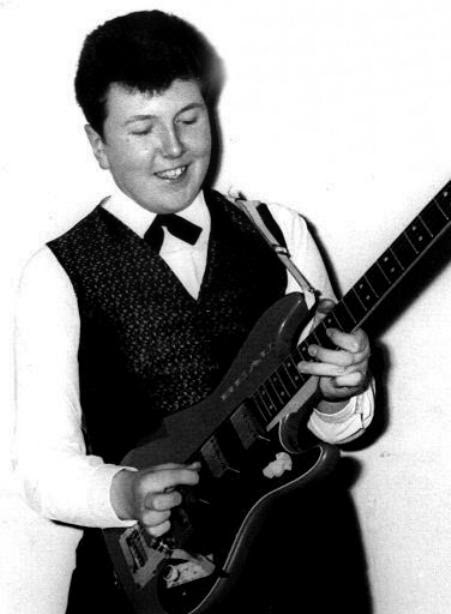
Who were some major influences?
In the early days, there was only one that mattered: Elvis!
I knew I liked music. So far as my young memory stretched back, I think I’d always liked music. But I also knew, even then, that I loathed pap pop.
I didn’t like the crooners. I didn’t like the smoochers. The Billy Eckstines and Eddie Fishers of this world made my milk teeth grate! Aged eight or nine and in the company of my mother, I’d endured a performance at the Leeds Empire by the now largely-forgotten Lee Lawrence. Such an awful experience; and yet I knew, deep deep down, I liked music.
Then, aged ten, I heard ‘Heartbreak Hotel’ and I knew in my pea-sized brain that something had changed. It was the voice, the feel; it was the simplicity that spoke. And it was the name; Elvis Presley. For the first time, I really wanted to know more about an artist.
My folks weren’t musical – we didn’t have a gramophone and the radio was mostly the Home Service (Radio 4 as it is now) – so I had to pick up on Elvis where I could. I clocked ‘Hound Dog’ and ‘Don’t Be Cruel’, loved ‘All Shook Up’ but everything came in dribs and drabs. Until Christmas of 1957…
We’d gone to visit some friends in the Moortown area of Leeds. The friends had two teenage daughters, and the teenage daughters had a record player. And they had the ‘Jailhouse Rock’ EP.
Nothing – NOTHING – had prepared me for ‘Jailhouse Rock’! It wasn’t just exciting – it was visceral. There was blood and bone in ‘Jailhouse Rock’! I must have listened to it ten, fifteen times that afternoon and evening. I was eleven, and life had just changed.
There have been other moments, but that was the start. A few years ago now, I was lucky enough to meet Scotty Moore in Dallas. I told him the story, and thanked him. And I shook the hand that played the most important opening chords I ever heard.
Incidentally, when we were recording the ‘Creation’ album for Dandelion in 1971, it was as an homage to Elvis and to that night in Moortown that I asked Jim Milne to start off ‘Ferris Street’ with the opening bass line of ‘Baby, I Don’t Care’ from the ‘Jailhouse Rock’ EP.
In the early sixties, The Shadows, The Beatles, The Stones et al were major influences on me, on The Raiders, and of course on millions of others around the world. But the next time lightning struck for me was in 1965 when, for the first time, I heard ‘The King of the Twelve-String Guitar Players of the Whole World’, Huddie Ledbetter; Lead Belly.
What was it that struck so hard? I go back to what I said about Elvis; the voice, the feel, the simplicity. And the name. Pure onomatopoeia! The name was the sound; the sound was the name.
And that was when Beau and the twelve-string guitar came together.
Around the same time, I became strongly aware of Tom Paxton, and then Phil Ochs and others on the Elektra roster. The Elektra interest started when I bought Lead Belly’s ‘Library of Congress Recordings’ box set.
It’s often been assumed I was strongly influenced by Bob Dylan, particularly as I later wrote a book about his bootleg CDs (‘Dylan: Contraband’ in 1998). In fact, that’s not the case. My twin beacons at the time were Paxton and Ochs.
I didn’t actually get into Dylan until years later, in late ’69; which in retrospect was a true blessing! My writing and playing styles were established and entrenched well before Dylan’s influence had a chance to kick in.
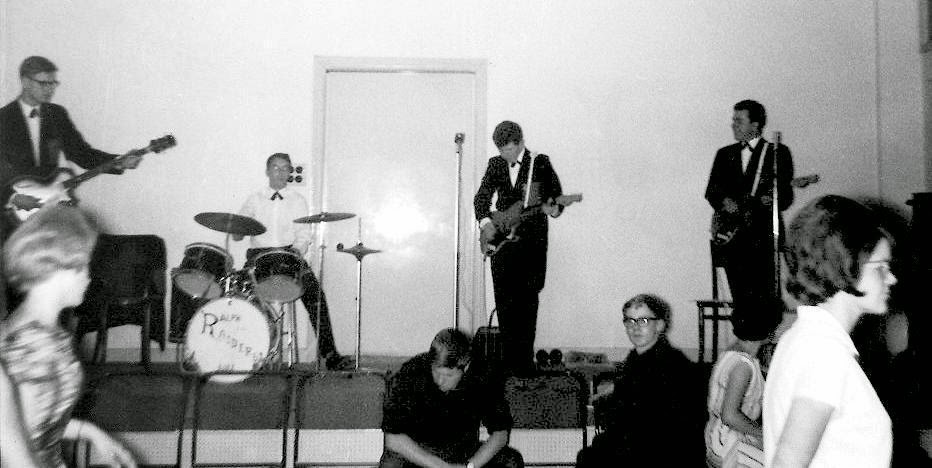
What can you say about the song writing and arranging process?
Oh, there are as many ways to write songs as there are song writers! Me, I’m a words man. Of the many songs I’ve written, I can count on the fingers of one hand those where the melody has come first.
If you’re telling a story, a narrative, the writing process can be relatively straightforward; begin at the beginning, tell the tale, draw it to a close. I’m simplifying, but that’s basically it.
Other times, you may have an idea – a beef, maybe – and you develop the song from there. But it’s not always so clear-cut.
Sometimes you don’t know what’s making you write. Sometimes you just feel the need to put pen to paper, to see things develop. You may have had to scribble in the dark for a long time before a light flickers and you say, ‘Ah, that’s what this is about!’ So often with song writing you find – or at least I find – I’m trawling my subconscious.
Then I go back to the start, hone it, bring it into focus.
I used to share a view of many contemporary folk writers that songs ‘…mean whatever you want them to mean, man!’ In one sense of course, that’s true. What you were up to when you first heard them, where you were, who you were with, all can have profound effects on how songs are received and remembered.
It took my wife to point out a few years back how some people actually want to know where songs come from; what it is or was that caused them to be written. So it’s thanks to her that with my last five or six releases, the lyrics and the stories behind the songs have always been part of the package!
When I’ve got a complete lyric under my belt, the search begins for the melody to complement the words. The melody is the frame to the picture. The tune – if it’s good – protects and lifts the lyric up to the next plane; the arrangement.
I’ve always found it equally challenging arranging for either a ‘band’ piece or a solo voice-and-guitar project. Both have their pitfalls – with voice-and-guitar for example, you’re always going to be more exposed…
But writing the song is only ever part of the story. If it’s going to work in performance or production, a thought-through arrangement is a must.
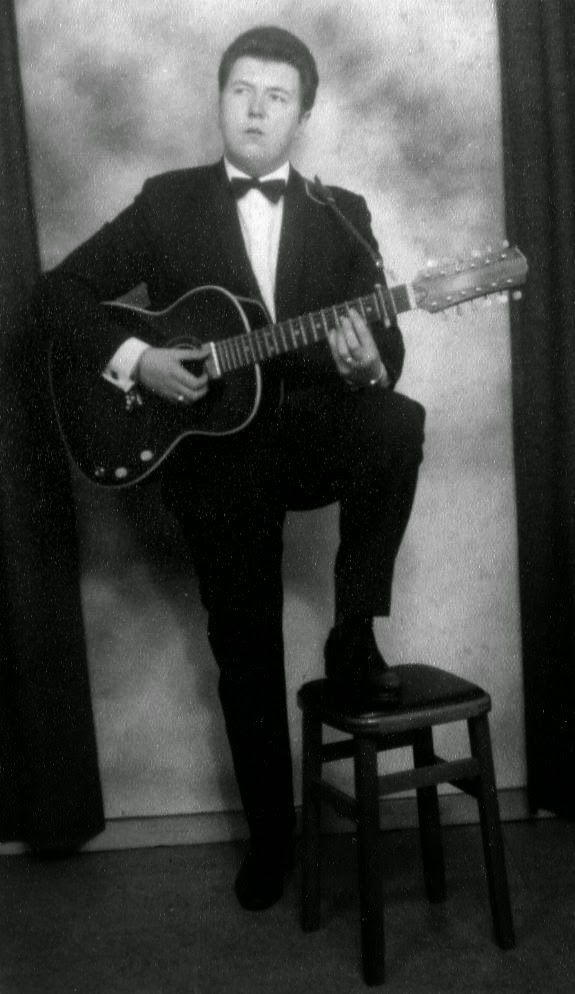
In 1969 you released your debut. What’s the story behind it? It was released on Dandelion Records, which was formed by legendary John Peel and Clive Selwood. How did you get signed?
I left The Raiders in late ’65. The time had come, and Lead Belly, folk and topical music, and the twelve-string guitar were re-focussing my thinking. I started writing seriously in 1966.
I’ve never had any formal political affiliation – I’m not a ‘joiner’ – but even from being a little kid I’ve been a politics junkie. In the mid-’50s, with my father, I used to watch a programme on TV called ‘Free Speech’. Heavyweights like A J P Taylor, Bob Boothby and Michael Foot pontificated every week and I was fascinated; even though I doubt I understood five percent of what was being discussed!
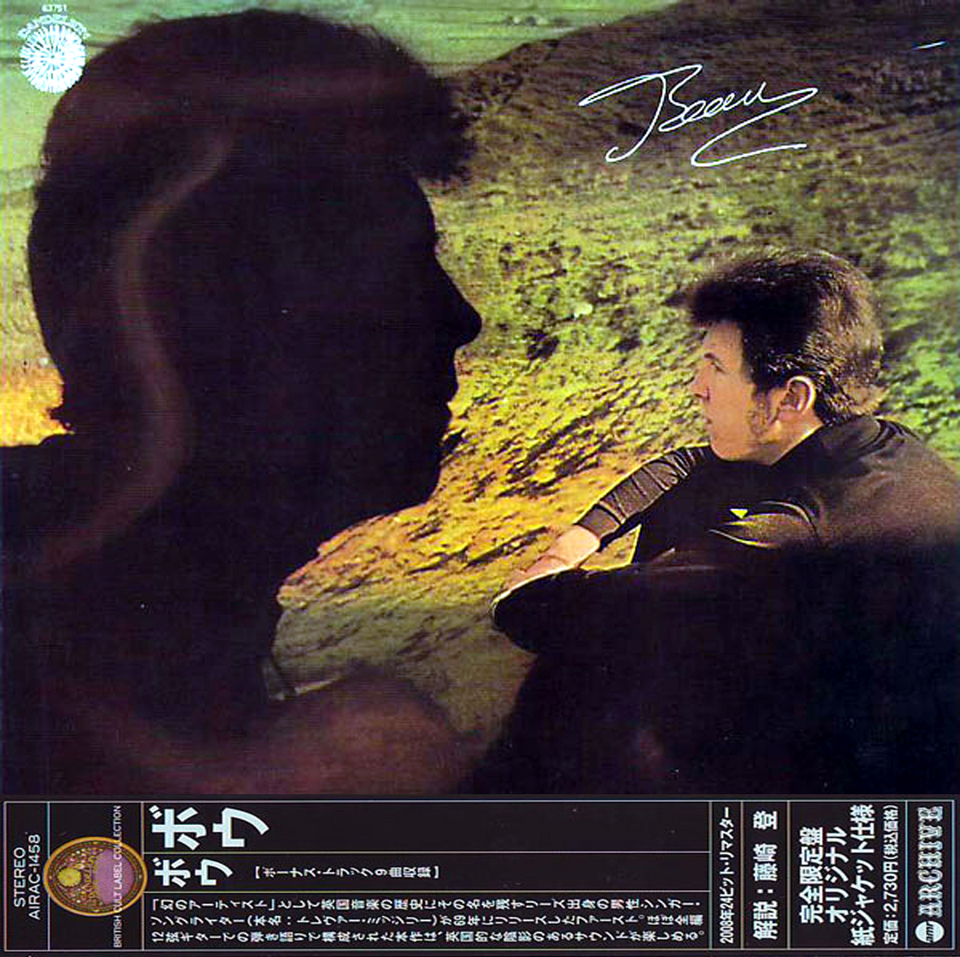
But with that background and the politics of the time, it’s probably not surprising my song writing tended towards social and political commentary; nor that my interest focussed on the label that released the artists I most admired; Lead Belly, Tom Paxton and Phil Ochs.
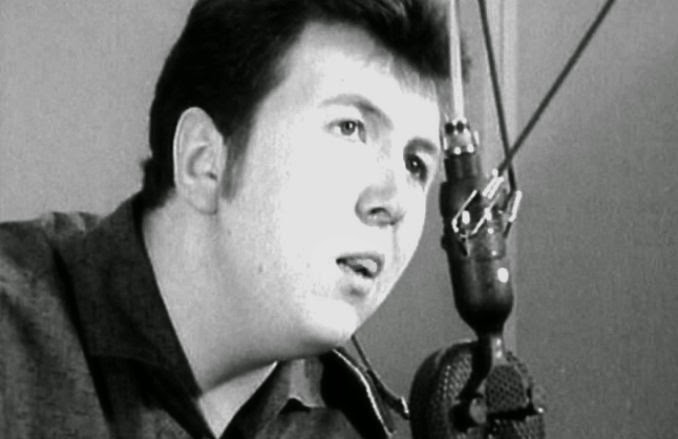
So, in 1968, I sent off a demo tape to Elektra in London. Elektra was the only Company I ever approached, and I got lucky. Clive Selwood asked me down from Leeds to make a test recording at Polydor’s studios. The tape – twenty-two songs, as it turned out – was to be sent to Elektra’s boss, Jac Holzman, in the States for his casting vote.
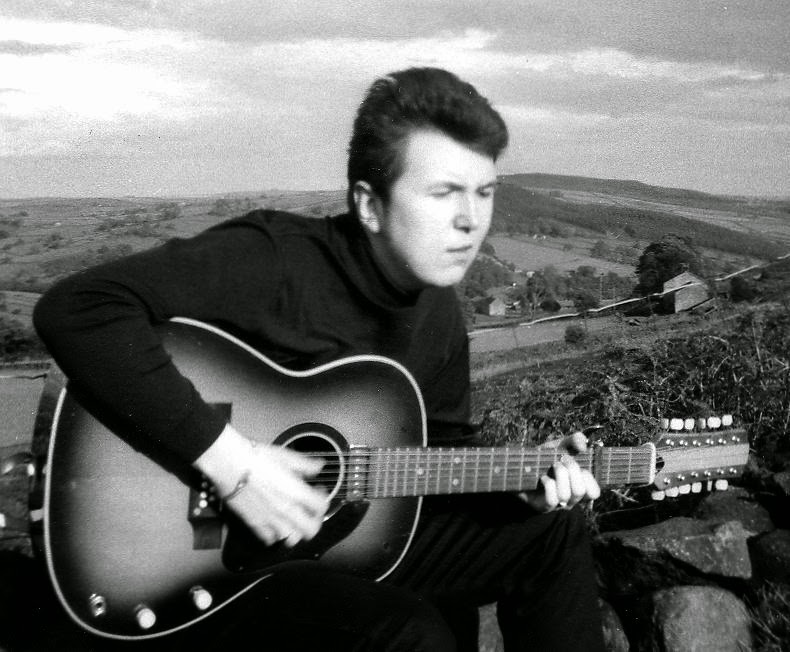
In the event – I didn’t realise it at the time, though I’m sure Clive did! – Elektra had moved on from their singer songwriter heyday. They were now recording Arthur Lee’s Love and of course, The Doors. So it probably didn’t surprise Clive when Jac came back with a thumbs-down.
My initial disappointment when I opened the turn down letter turned into something of elation however, as Clive moved on with ‘…John Peel and I are launching a new label called Dandelion and we were wondering if you’d like to record for us…?’.
I got back to him with a hasty ‘Yes’ before he changed his mind! And unusually for the time, it wasn’t just a single Clive and John were offering – it was a full album!
The ‘Beau’ album was recorded at CBS Studios in New Bond Street, London in April 1969. We had two days booked, but in fact ninety per cent of the record was put down on day one. In the three day break before the second session, I wrote ‘A Nation’s Pride’. We recorded that on day two, and it made the final cut.
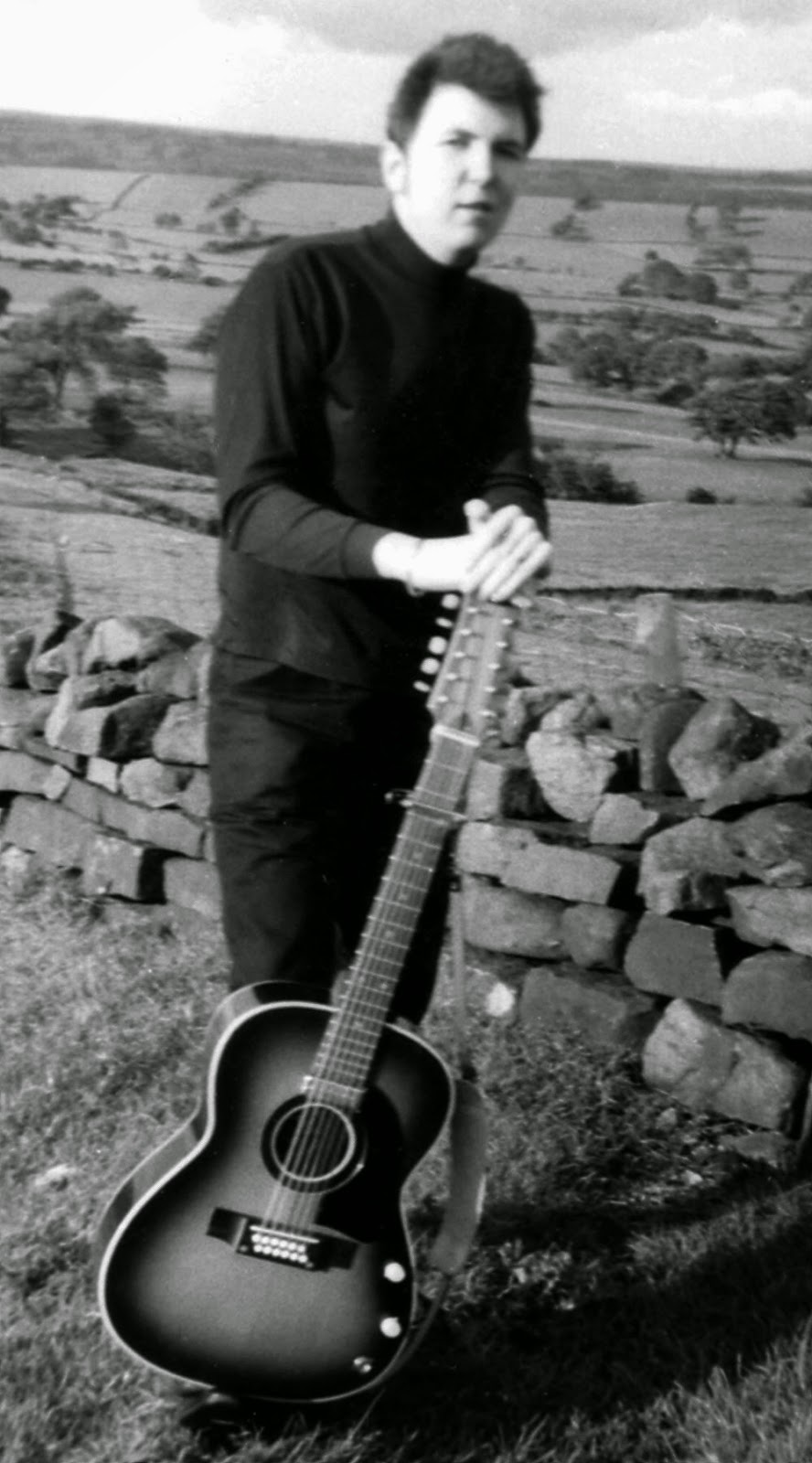
There was also one single that came out (‘1917 Revolution’ / ‘Sleeping Town’).
Yeah, ‘1917 Revolution’ was eventually chosen as the single to launch the album. It became Dandelion’s first ever release.
Clive was putting it about at one point that I was a card-carrying Communist. I never was, but I guess it generated some publicity and of course chimed in nicely with the release of ‘1917 Revolution’.
There was a downside to this bit of hype, however. I was told later the reason I – and ‘1917 Revolution’ – didn’t get a USA release at the time was because of the ‘doubtful nature’ of my political credentials. Remember, this was the time of the Cold War and Barry Goldwater…
But, times have moved on. ‘1917 Revolution’ is available in America now, and I don’t think I’m seen any more as a threat to US security!
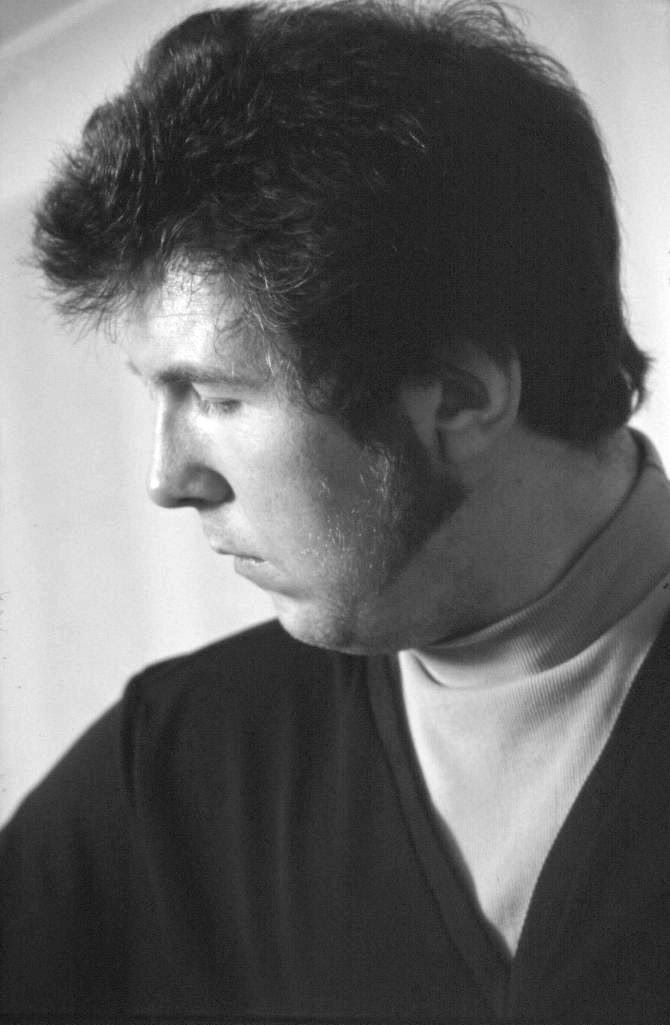
Two years later you released your second Dandelion album. Where was the ‘Creation’ LP recorded? How long did the sessions last? How pleased were you with the finished product?
‘Creation’ was recorded at Hollick & Taylor studios in Birmingham, England over three days in 1971.
I’d been introduced to The Way We Live – Jim Milne, Steve Clayton and John Brierley – by Clive Selwood in late 1970 shortly after the band had signed to Dandelion. Clive thought we might be good working together on my second album.
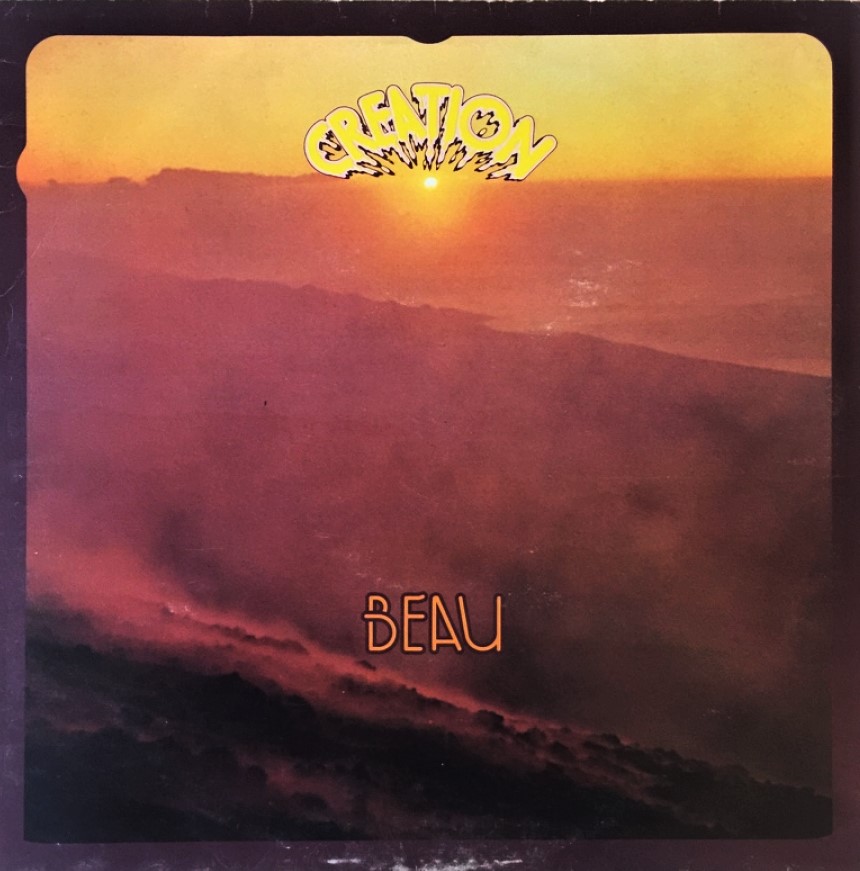
Following on what we were saying earlier about arrangements, all the tracks had been carefully planned and rehearsed at John Brierley’s studio in Rochdale long before we hit Hollick & Taylor. In those days as much as now, time was money! ‘Creation’ the song was always intended to be whispered, ‘Silence Returns’ was originally conceived with its instrumental outburst, etc.
By today’s standards, our instrumentation was basic. I used my Harmony H-1270 twelve-string guitar on all the songs. I also played clavioline on ‘April Meteor’ and Farfisa organ on ‘Creation’. Jim’s main guitar for the sessions was his Epiphone ET270, his bass a stripped-down Futurama. And Steve was on his Premier kit.
We were delighted with our three days’ work, but of course we only had the raw tapes when we left Birmingham. The final chapter was written a couple of weeks later when the tapes were mixed and reduced at Marquee Studios in London.
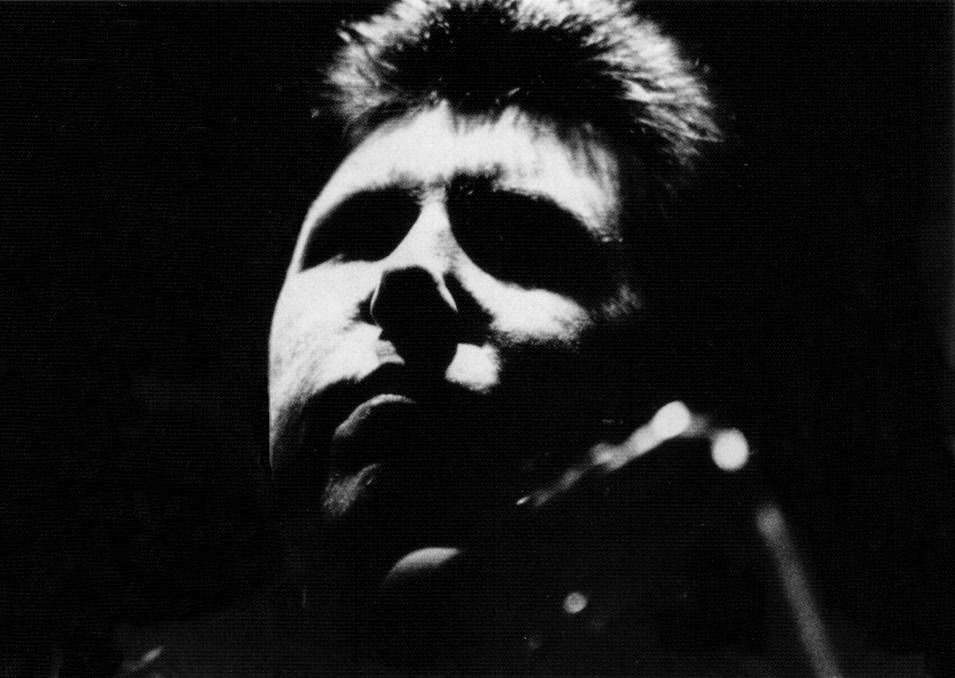
John Peel hadn’t been with us in Birmingham, but he was at the mixing session at Marquee along with Clive, myself and John Brierley. One little problem we had to overcome was the timing on ‘Silence Returns’.
To achieve maximum effect it was vital for Jim’s lead guitar to kick in at exactly the right moment. Because of the tune’s rather uneven time figure, Phil Dunne (the mixing engineer) was having some difficulty triggering the lead guitar channel at just the right time. So it fell to me to throw the little red switch.
And the result was what IT Magazine described as ‘… one of the most shocking moments in rock!’ Which I still take as a compliment…
What can you tell us about the cover artwork used for Creation?
I know it was pulled together quite quickly! The sleeve we know today was created under Clive Selwood’s direction by Forehead Designs in London. However, this was the second design; a totally different jacket had originally been planned.
Designed by Nick Cudworth, John Jones and Boris Brook, a few copies were even printed and these are now rare collectors’ items.
For those who’d like to see it, the good news is Guerssen/Sommor have reproduced the original sleeve in near full-size. It’s on the front of the insert that accompanies their vinyl re-release of the album.
Was there any special concept behind album making?
None, except free thought. Certain convictions powered certain tracks. I’m a convinced atheist. That belief, or non-belief, brought about ‘Blind Faith’ and ‘A Reason To Be’. Cruelty both puzzles and disgusts me, as does the abuse of power; thus ‘Silence Returns’ and ‘Release’. But a special concept as in say The Who’s ‘Tommy’ – no.
What did the distribution look like? Did it break in any markets?
If I remember correctly, ‘Creation’ sold around 7000 copies in the first three months after release. After that, I’m sorry, I don’t recall! It was only officially released in the UK, though I know it had wide distribution abroad (particularly Europe) as an export.
How did critics receive the album?
With enthusiasm, but not ecstasy. I think maybe some elements of ‘Creation’ were a little ahead of their time. Certainly over the years the album’s reputation has grown.
Al Clark did a review for Time Out in 1971, describing me as ‘…a direct descendant of folk music before stardom moved in.’ I think that was a compliment! By 1976, Jacques Vassal was saying ‘Probably the most neglected British songwriter of all is Beau.’ In 2009, Simon Crisp reviewed ‘Creation’ for Galactic Ramble, labelling me ‘…a talented singer-songwriter with a superlative 12-string technique (and) a depth of emotion that simply shouldn’t be possible…’
‘Creation’ appears to have stood the test of time!
‘Silence Returns’ is something special and is offering us absolutely mind blowing guitar playing. What’s the story behind it?
‘Silence Returns’ is about the violence of silence. It’s about the withholding of help when help can be given. And it’s about the choices we make. The vocal line tells the story to the point where a decision has been taken and silence has returned. Then the music shows us the consequence…
Wolf People’s Joe Hollick asked me some time back how Jim Milne had got that lead guitar sound. This is how Jim remembers it…
‘… (the guitar) was a home-made mini Les Paul with four single coil Burns pickups in pairs I’d bought in a junk shop in Chester not long before. Very awkward to play because the neck was badly warped; hence all the choked notes, dodgy tuning and frazzle. It was put through a Marshall fuzz pedal and a Dallas treble booster, both set to maximum everything. I think it was the first or second take. Can’t recall what amp it was although it wouldn’t have made much difference with the amount of distortion on it!’.
For the record, it was a first take!
The basic track, complete with Steve Clayton’s magnificent machine-gun drumming, was recorded in a single take. Then there was just that one lead guitar overdub…
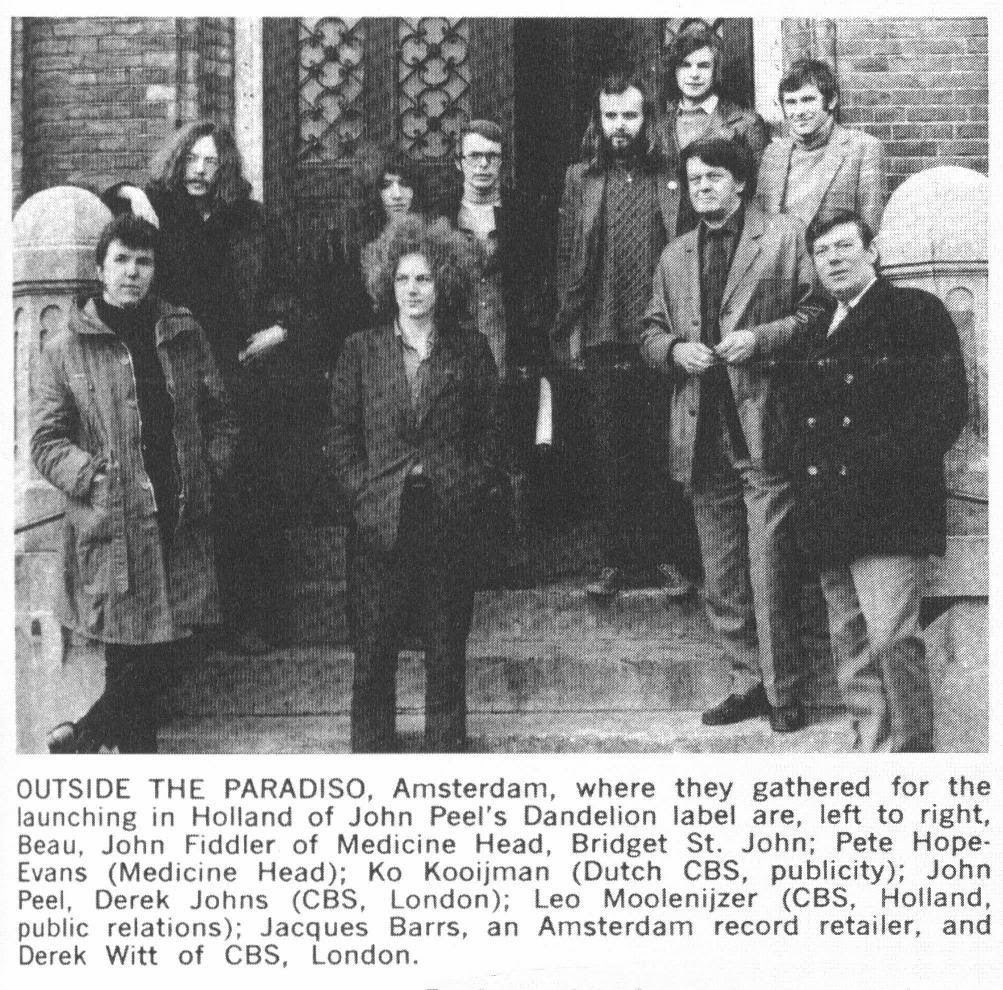
Would you share your insight on the albums’ tracks?
A1 ‘Nine Minutes’
This is the story of a fictional train wreck. I say fictional, but there were several incidents in the early ’70s of vandals targeting the railway system. Some did indeed put obstructions in the way of speeding trains; others dropped chunks of concrete and wood from bridges as trains were passing underneath. Nasty!
A2 ‘There Once Was a Time’
Someone described ‘There Once Was A Time’ as ‘…a painfully accurate portrayal of a decaying beauty queen’. Others have seen it less romantically as a side-swipe at vanity! Put these two together, and you get pretty close to what I was intending.
A3 ‘Spider’
‘Spider’ has at its heart the sort of philosophical contradiction that underpins the ‘Creation’ album itself. The album is subtitled ‘as creation destroys so destruction creates…’. ‘Spider’ could be subtitled ‘…in perfection lies death…’. Despite the beauty of her fragile handiwork, even the spider comes to an end when ‘…nature takes the net away’.
A4 ‘April Meteor’
One night in April 1970, I was standing outside my home in Leeds when a bright light flashed across the sky from east to west. The following day, the newspapers were carrying the story of a meteorite that had flown in low across the north of England, crossed the sea and come to earth in a bog in Ireland. What struck me was the irony that a piece of rock that had probably been hurtling round the universe since the dawn of time should end its billions of years of travel in an Irish bog! So I wrote ‘April Meteor’.
A5 ‘Is This Your Day’
‘Is This Your Day’ is an uncomplicated song that says even the most mundane day can turn into something special. Nothing very profound. I guess most of us have had days where our lives have unexpectedly changed – hopefully, more for better than for worse…
A6 ‘Creation’
The eddying sounds on ‘Creation’, with its repeated guitar figure and that inexorable doomy bass, tell the same story as the whispered lyric. Even if you can’t pick up on all the words, you know what the song’s about; right down to that rumbling explosion at the end…
B1 ‘Blind Faith’
I’ve never understood Faith – what the dictionary describes as ‘…the assent of the mind to the truth of what is declared by another’. It makes no sense to me to accept ‘the truth of what is declared by another’ just because s/he declares it. I have no problem with moral codes or personal convictions. But I have real difficulty with blind faith – hence the song.
B2 ‘Ferris Street’
Back in the 1960s, in cities and towns throughout the UK, vast numbers of old houses and streets were torn down. In many ways, this was a good thing – much of the housing was old and sub-standard. Problem was, the high-rise towers and concrete estates that replaced them were both poorly designed and ill-conceived, and communities that had flourished and supported each other for decades were destroyed forever. ‘Ferris Street’ tells of the destruction of one such neighbourhood.
B3 ‘Release’
When I came up with ‘Release’, I hadn’t heard ‘Pirate Jenny’ from Brecht & Weill’s ‘The Threepenny Opera’. But ‘Release’ tells a similar story. Here, we also have someone daydreaming about settling a score. I once worked for a man who would say nice things to your face, then do everything he could to undermine and destroy you. There was nothing I could do; I was just a kid and he had power. But I could dream…
B4 ‘A Reason to Be
‘A Reason To Be’ really takes over where ‘Blind Faith’ left off. It tells of someone searching for a reason for his existence but ultimately finding there is none. It’s not a bleak song; just one that confronts reality. Which I appreciate to many is bleak…
B5 ‘Silence Returns’
…sort of sums things up!
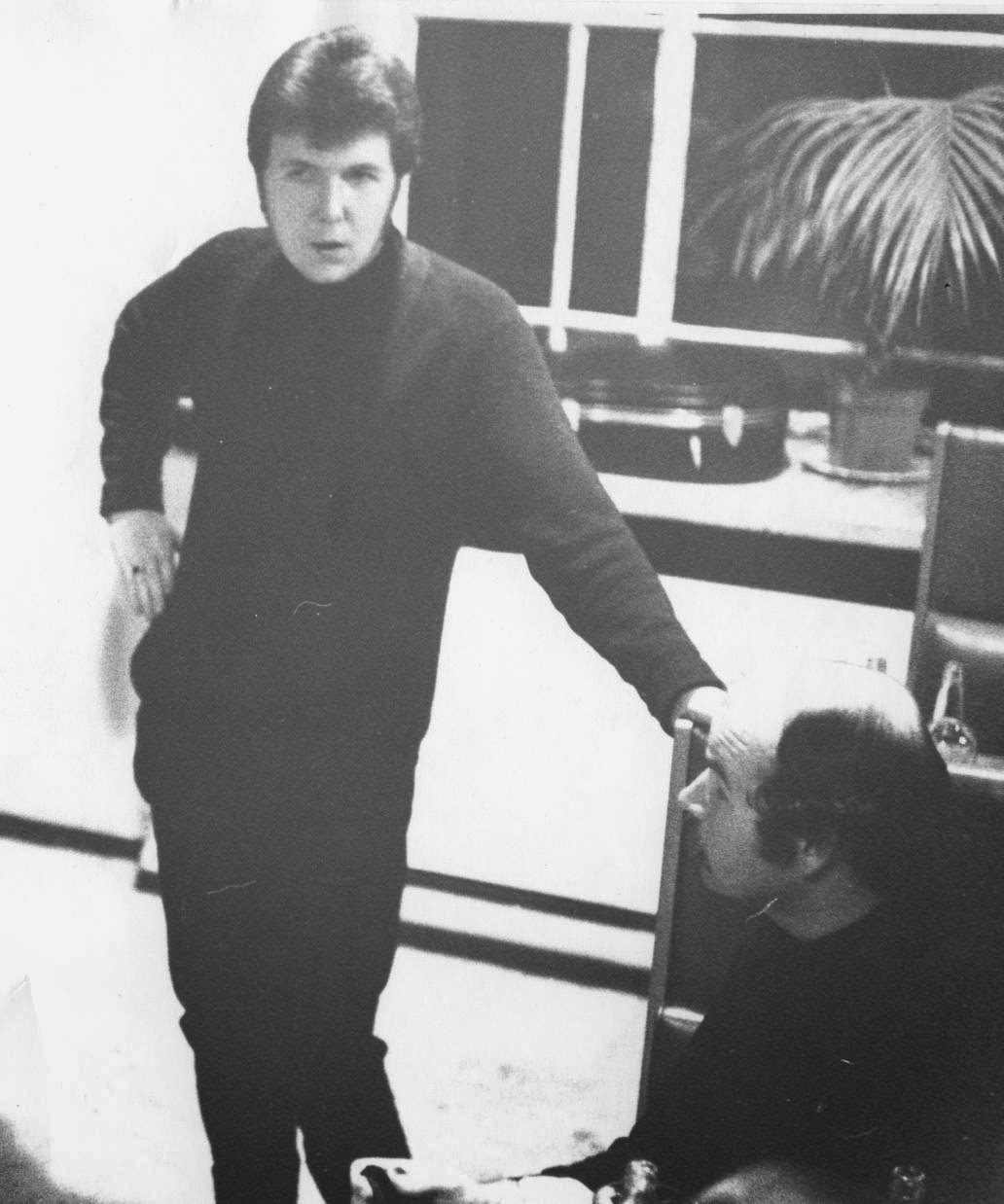
How did you see the acid psych folk scene back in the late ’60s, early ’70s? What were some other artists that you would like to mention? Any band that perhaps didn’t make a record, but were extremely good?
To be honest, I don’t recall the genre being referred to as psych-folk back in the day; but then, I was pathologically uncool! John Peel once wrote about me ‘Beau has probably never seen Woodstock’, and he was right. At the time, anyway…
Away from folk- and blues-based music, I tended towards the avant-garde, krautrock, those sorts of areas. I was heavily into John Fahey, Tangerine Dream, Faust, Beaver & Krause, had quite a soft spot for Tonto’s Expanding Headband, but also delved deeply into Bartók, Stockhausen, Ligeti, Lukas Foss, Morton Subotnick and a whole bunch of others at the more dissonant end of music.
I have to say that, were I ever to be invited onto ‘Desert Island Discs’, one of my eight records on the island would still be Karlheinz Stockhausen’s ‘Stimmung’.
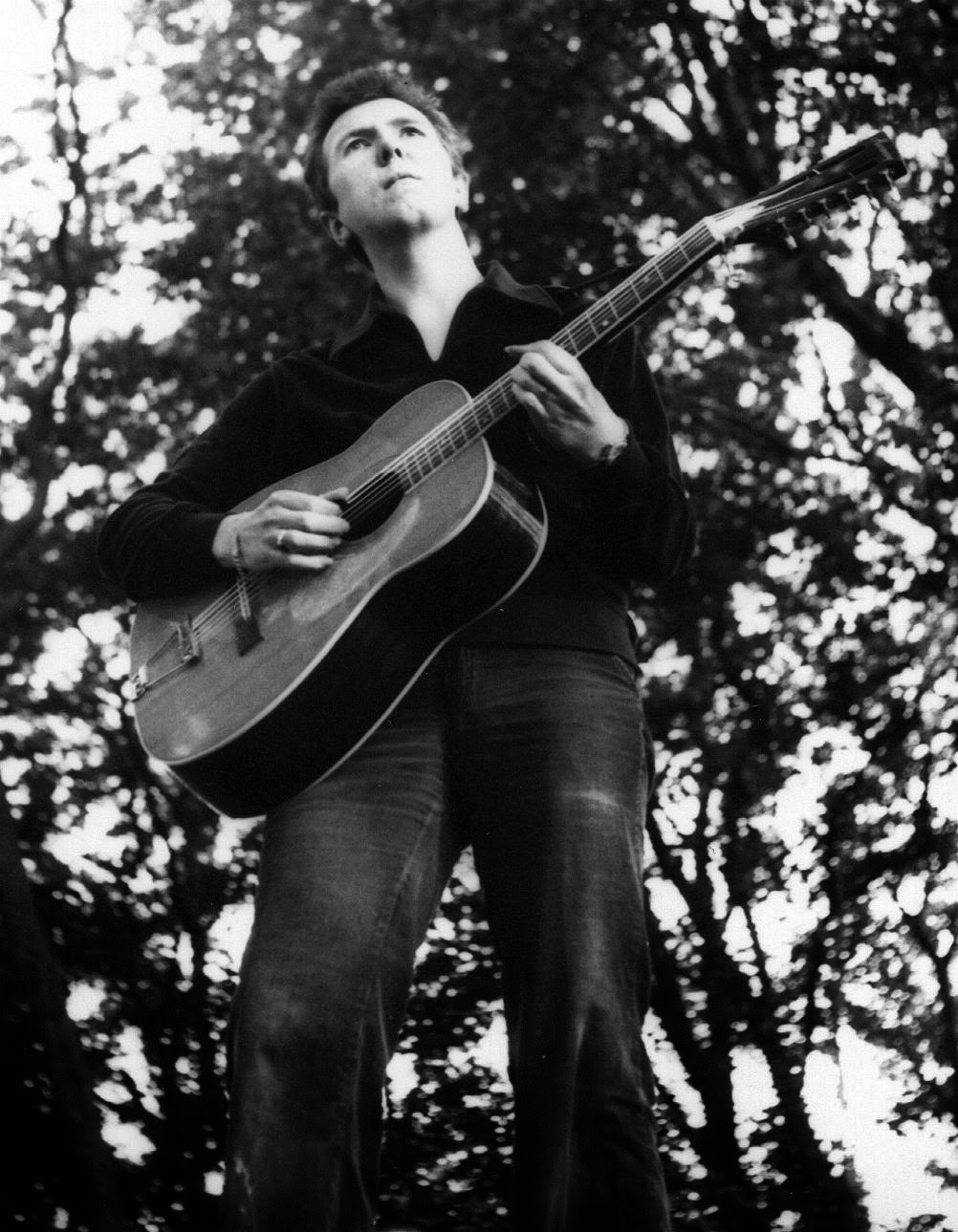
What other musical endeavours have you been involved in?
Strangely, I’ve recorded and released far more in my sixties than I ever did in my twenties! I think I’ve become more credible with age!
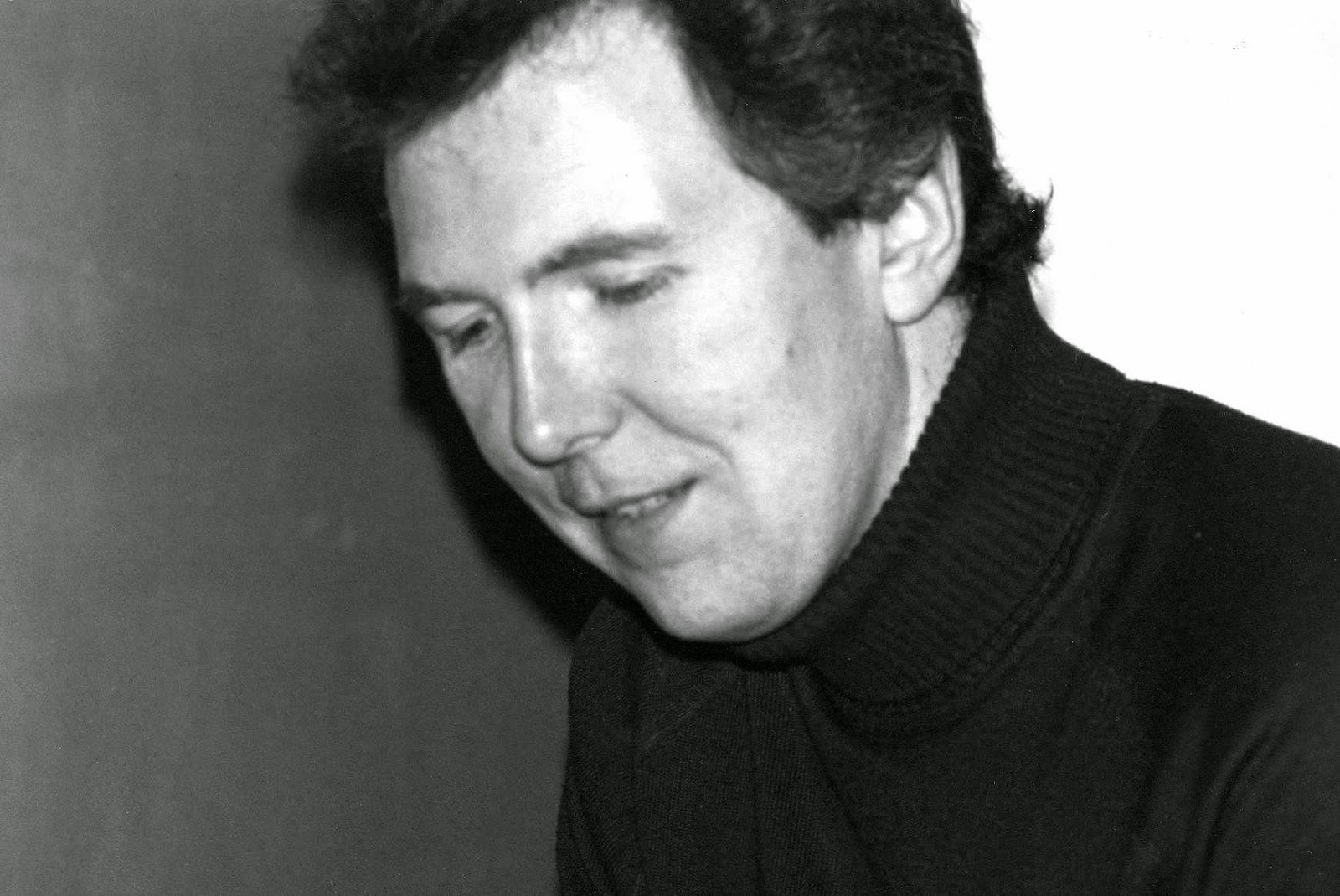
There have been a couple of ‘legacy’ releases – material from the archive. Angel Air brought out ‘Edge Of The Dark’ with a bunch of unreleased tracks recorded between 1972 and 1985. Five of these were from ’70s sessions I did with Tractor. And Cherry Red released ‘Fables & Façades’ – a download album of eighteen mostly full-band arrangements from 1978 to 2000.

However, maybe it’s the purist in me but in recent times I’ve gravitated (or is that returned!) to more simple, direct productions – just voice and twelve-string guitar. I may be the conduit, but for me the songs are what it’s really all about.
Over the last few years, aside from re-releasing ‘Beau’ on CD, Cherry Red have put out ‘The Way It Was’, ‘Fly The Bluebird’ and ‘Shoeless In The Desert’; all brand new sets.
And at the end of 2014, I completed the most intensive writing session I’ve ever done, even going way back to my early days. Fourteen songs in fourteen consecutive days! The muse has not left the building…
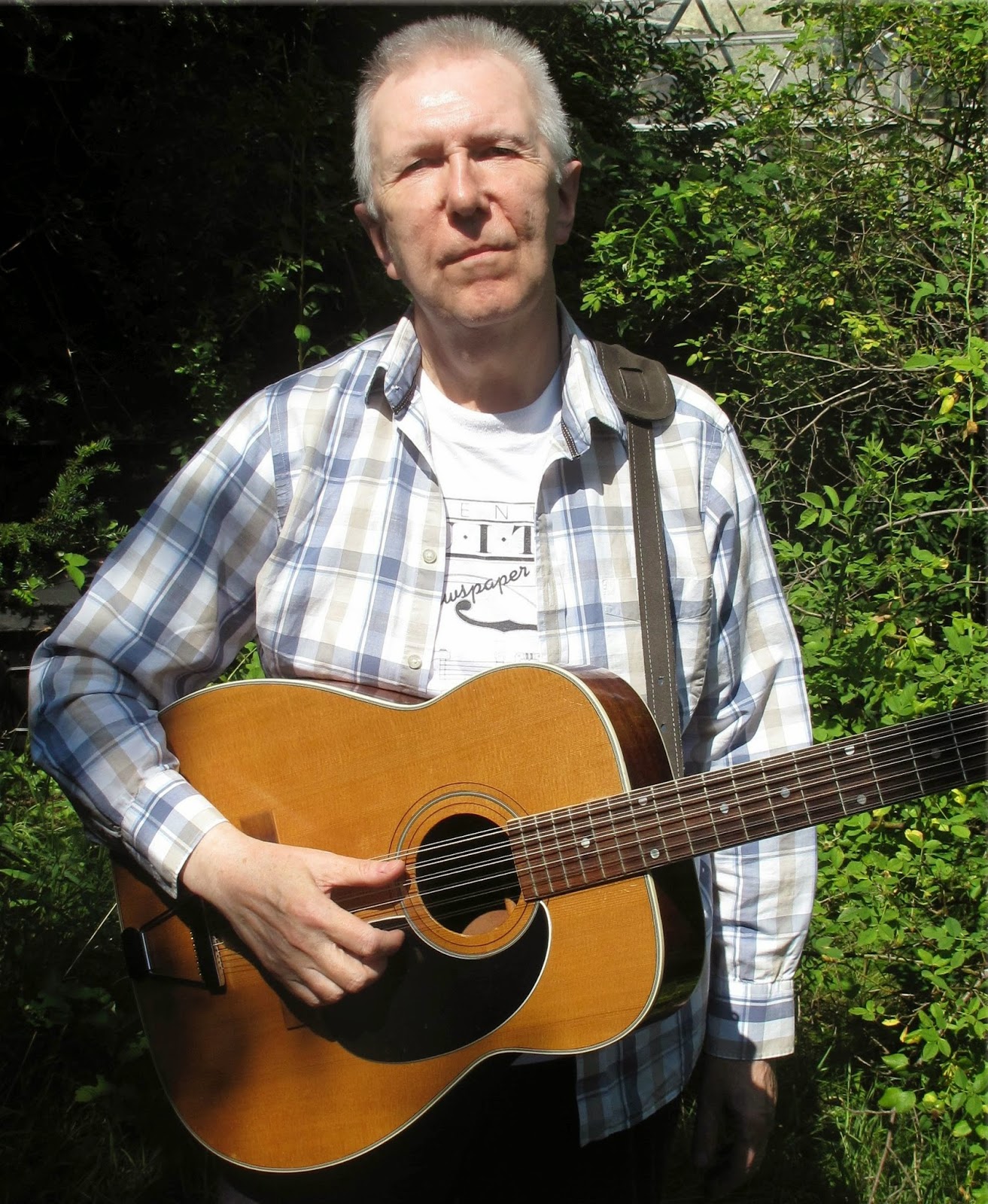
Thank you very much. Last word is yours.
Thank YOU for the invitation. It’s been a pleasure.
In a review of one of my recent albums, someone remarked, ‘(Beau) may just be the true keeper of the flame’. I don’t know if that’s in any way true, but if it is, I couldn’t think of a finer compliment.
Klemen Breznikar
Headline photo by Pete Sanders
Beau Official Website
Beau – Complete Discography
Solo recordings
‘1917 Revolution’ [single] (Dandelion, 1969)
‘Beau’ (Dandelion, 1969)
‘Creation’ (Dandelion, 1971)
‘Creation/Beau’ (See For Miles, 1995)
‘Beau’ (Cherry Red, 2007)
‘Beau’ (Air Mail Archive (Japan), 2008)
‘Creation’ (Air Mail Archive (Japan), 2008)
‘Edge of the Dark’ (Angel Air, 2009)
‘The Way It Was’ (Cherry Red, 2011)
‘Creation Recreated’ (Cherry Red, 2011)
‘The Was It Was’ [vinyl] (Ritual Echo, 2012)
‘Fables & Façades’ (Cherry Red, 2012)
‘Twelve Strings to the Beau’ [vinyl] (Salvation Records, 2013)
‘Fly the Bluebird’ (Cherry Red, 2014)
‘Recorded @ Rocker’s – The Dandelion Radio Sessions…’ (Local Underground, 2014)
‘Creation’ [vinyl] (Sommor (Spain), 2015)
‘Shoeless In The Desert’ (Cherry Red, 2015)
Compilations and other recordings
‘There Is Some Fun Going Forward’ [Compilation] (Dandelion, 1972)
‘There Is Some Fun Going Forward… plus’ (See For Miles, 1995)
‘The Dandelion Sampler’ (See For Miles, 1996)
‘Life Too, Has Surface Noise – The Complete Dandelion Records Singles Collection 1969–1972’ (Cherry Red, 2006)
‘Plain Sailing: An Acoustic Alternative’ (Cherry Red, 2008)
‘All For Tomorrow’ (Cherry Red, 2009)
‘Favourites From John Peel’s Record Collection’ (Cherry Red, 2011)
‘2012 Annual’ (Fruits de Mer Records, 2011)
‘Summer Folk Festival’ (Cherry Red, 2012)
‘Indie Xmas’ (Cherry Red, 2012)
‘The Crabs Sell Out / The Crabs Freak Out’ (Fruits de Mer Records, 2012)
‘My Acoustic Valentine’ (Cherry Red, 2013)
‘strange fish 5’ (Fruits de Mer Records, 2013)
‘Vintage Folk Festival Favourites’ (Cherry Red, 2013)
‘A Vintage Summer Holiday’ (Cherry Red, 2013)
‘Fruits de Mer Annual 2014’ [with The Raiders] (Fruits de Mer Records, 2013)
‘Love, Poetry and Revolution’ (Grapefruit, 2013)
‘An Alternative Guide to Singer Songwriters’ (Cherry Red, 2014)
‘Classic John Peel Collection’ (Cherry Red, 2014)
‘Memories of a Folk Festival’ (Cherry Red, 2014)

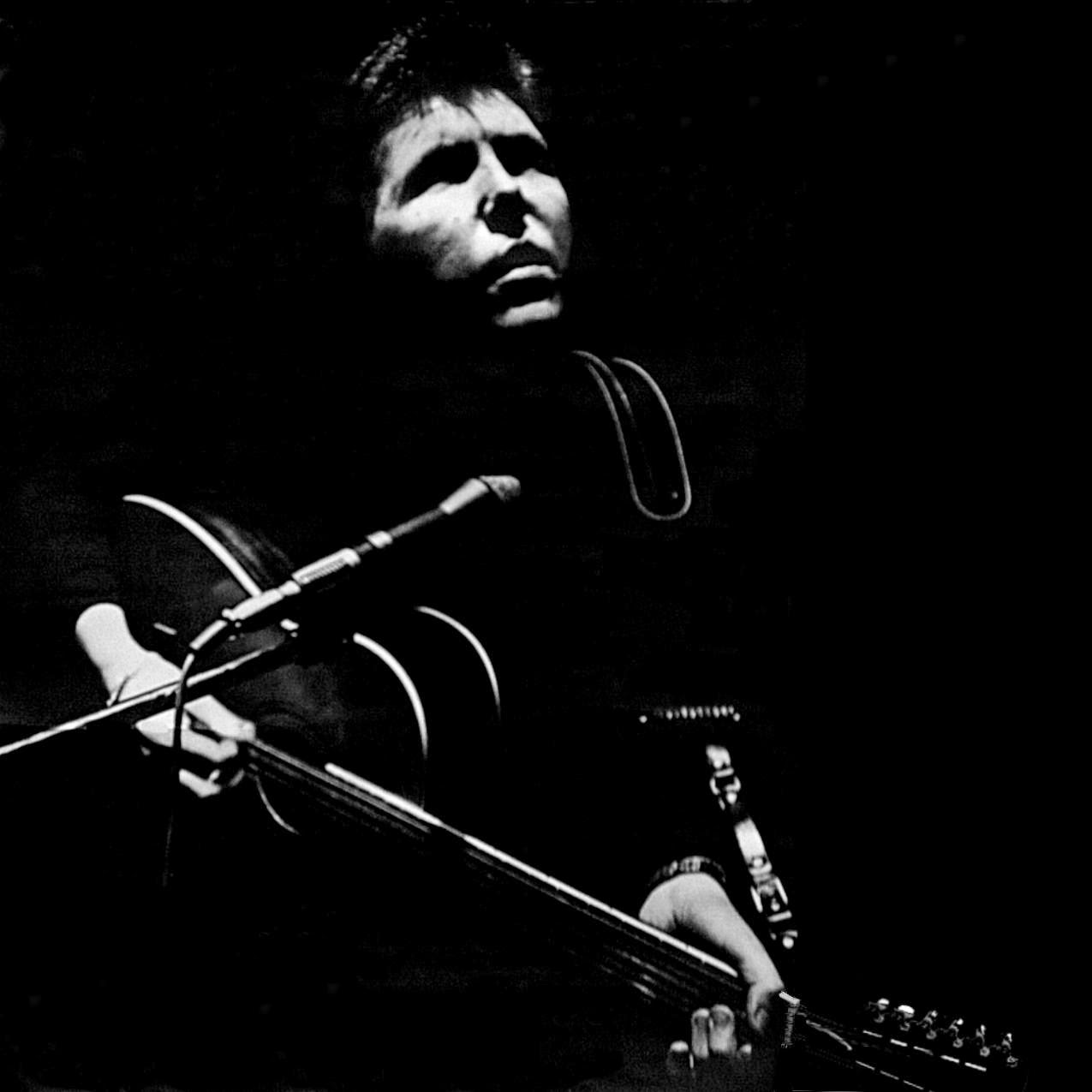

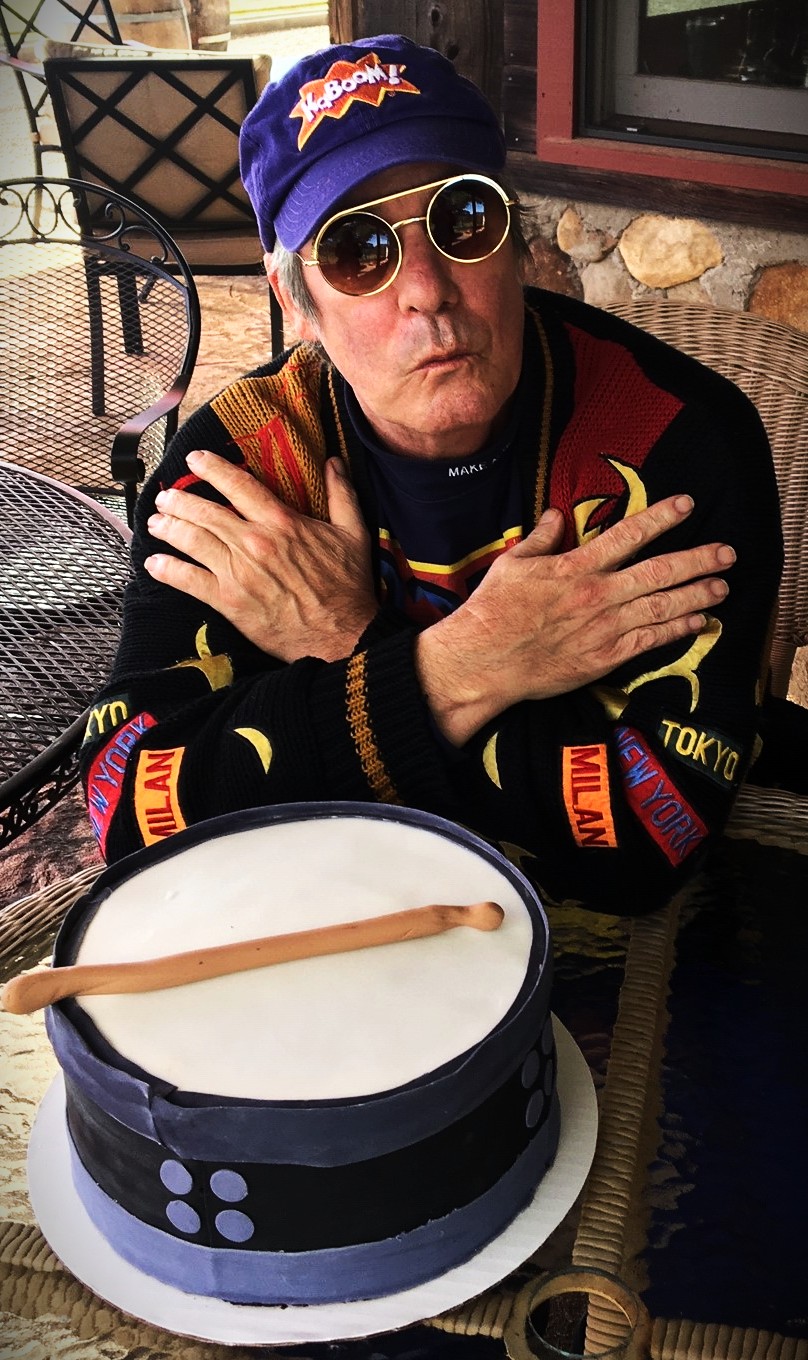
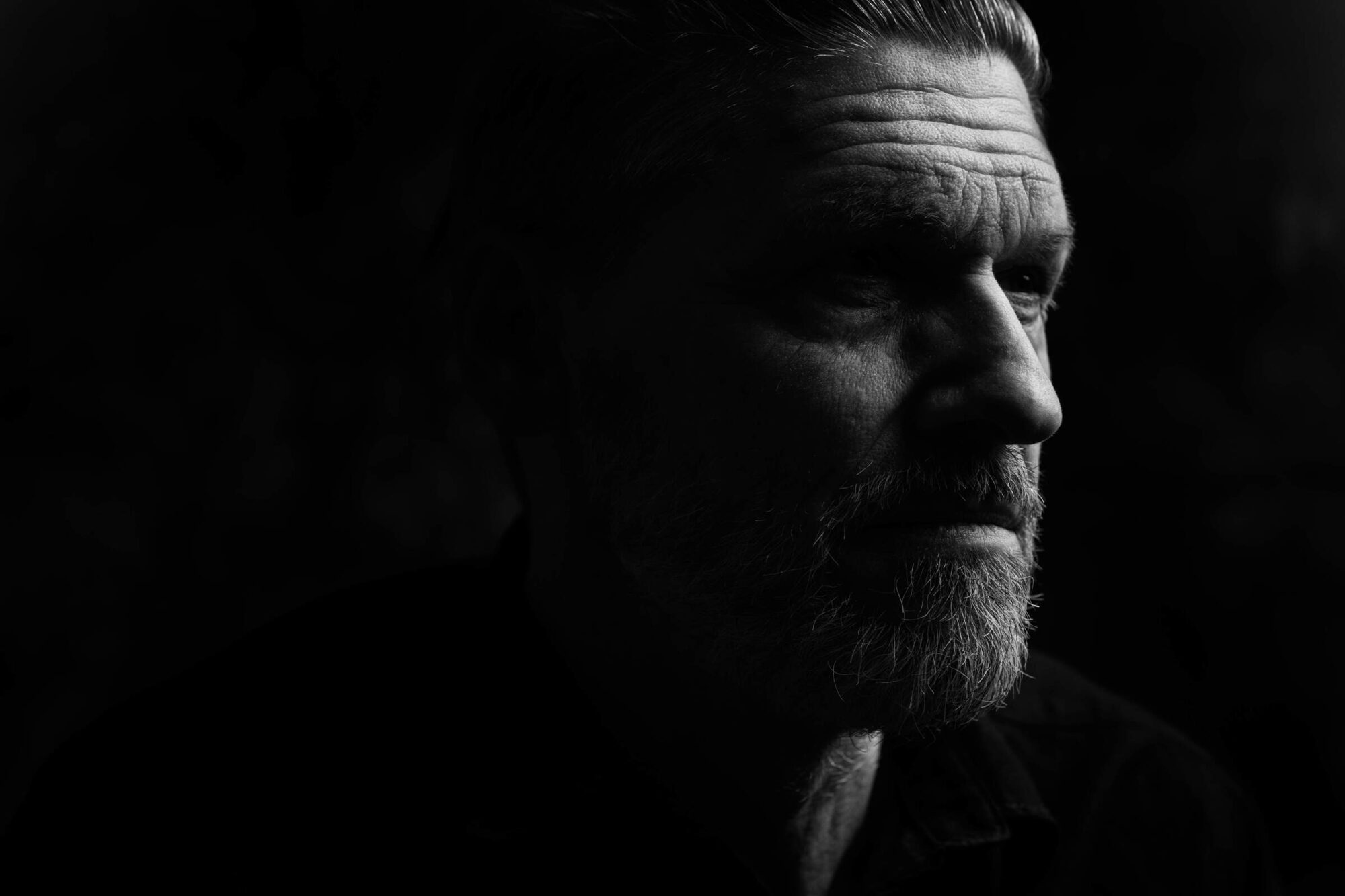
This is a Most excellent interview With Beau..a kind of everything you wanted to know about Beau but didn't know how to ask, As a musician myself im very interested in the details about production and instruments and the meanings behind the songs
Trevor is a great songwriter and 12 string guitarist..and i look for ward to his new album coming out soon
Thanks for a great interview
Stuart